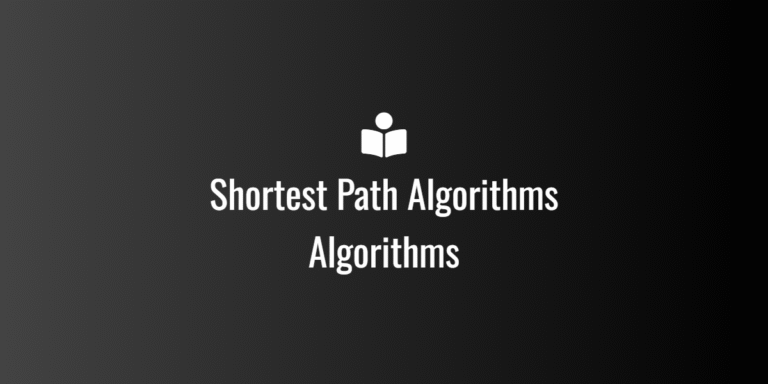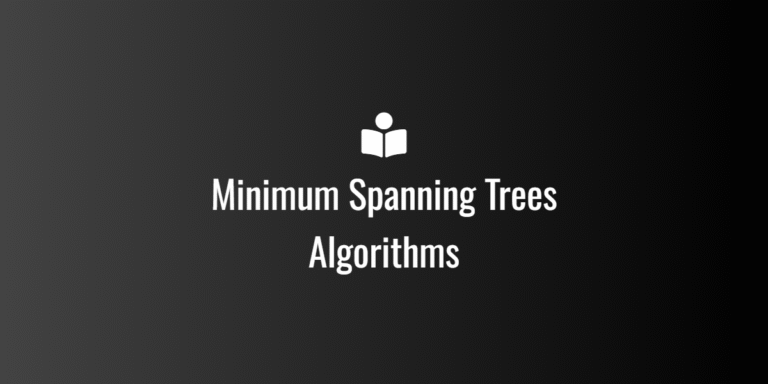Classful IP ADDRESSING:-IPV4 Address is 32 bit address on internet that means four octants in IPV4 address each octant have 8 bit address. It can produce 4.29×109 address space.
XXXXXXXX.XXXXXXXX.XXXXXXX.XXXXXXXX
There are four octants in IPV4 address each octant have 8 bit. Octants are seperated by . Dot operator.
Every Octant IP group have 256 address means range is from 0 (Zero) to 255.
255.255.255.255 (Maximum range of IP address).
IPV4 address divided into two part Network and Host part.
The subnet mask is a binary number that, when applied to an IP address, separates the network portion from the host portion.
- 1 bits in the subnet mask used for the network portion of the IP address.
- 0 bits in the subnet mask used for the host portion of the IP address.
Here we study about Classful IP addressing
The IP address splitted into 5 classes
- Class A
- Class B
- Class C
- Class D
- Class E
The first octet of an IP address determines its class. Here’s a breakdown of the classes and their respective first octet ranges:
Class A:
- Range: 1-126
- Default subnet mask: 255.0.0.0
- Network ID is 8 Bit long and Host ID 24 bit long.
- No of N/W 28-1= 27= 128
- No of Host 224= 1677216
- One bit (0) Reserve in Class A
- Used for large networks
Two IP address are Special IP address in Class A
0.0.0.0: Applied to packets of unknown origin as a source IP address.
127.0.0.1: loop back address A unique IP address that points to the local host is called a loop back address. It doesn’t involve any external network traffic and is intended only for internal communication within a device.
So Useful range of Class A is 1.0.0.0 – 126.255.255.255
Class B:
- Range: 128-191
- Default subnet mask: 255.255.0.0
- Network ID is 16 Bit long and Host ID 16 bit long.
- No of N/W 216-2= 214= 16384
- No of Host 216= 65536
- Two bit (10) Reserve in Class B
- Used for medium-sized networks
Class C:
- Range: 192-223
- Default subnet mask: 255.255.255.0
- Network ID is 24 Bit long and Host ID 8 bit long.
- No of N/W 224-3= 221= 2097192
- No of Host 28= 256
- Three bit (110) Reserve in Class C
- Used for small networks
Class D:
- Range: 224-239
- Four bit (1110) Reserve in Class D
- Reserved for multicast purposes
Class E:
- Range: 240-255
- Four bit (1111) Reserve in Class E
- Reserved for experimental purposes
Unique Key points of Class D and E:
- Class D:
- Used for group communication/messages where a single packet can be sent to multiple recipients simultaneously.
- Multicast addresses are not given to hosts i.e. given to groups of hosts.
- Class E
- Reserved for Experimental research development activities.
- Not used for general use.

MCQ-IP ADDRESSING -Classful IP Addresing Questions – ExamHope



1 thought on “Classful IP ADDRESSING-IPV4 Addressing in Network Layer”